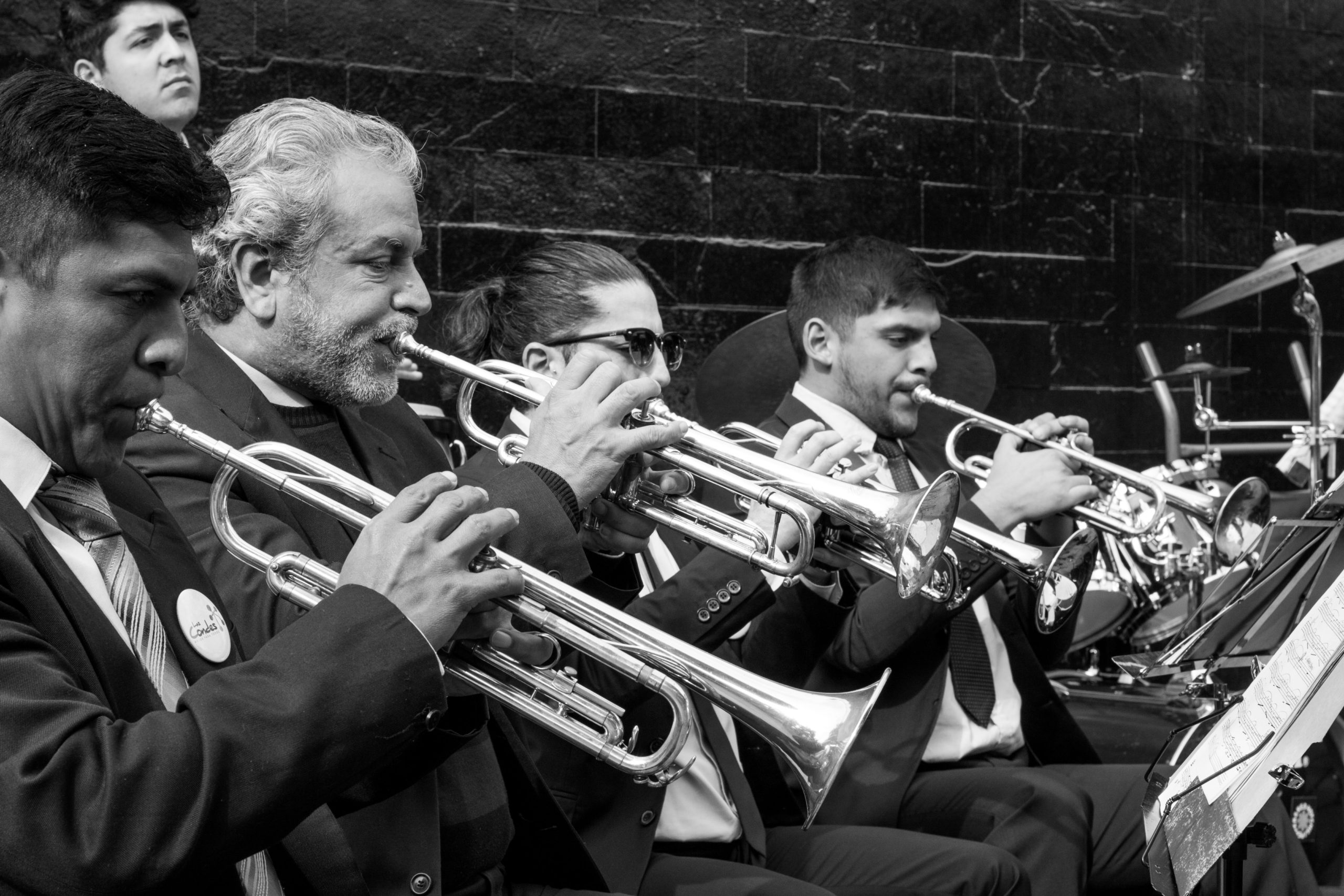
About the Author
Monica Chen is a native Taiwanese violinist and the first practitioner of dystonia in Asia. She has a DMA in violin performance and currently working as an assistant professor at Taipei National University of Arts. Monica studied with Dr. Farias, a leading specialist treating dystonia with movement therapy. She is also the Chinese translator of Dr. Farias‘ book, ‘Limitless’.
Among musician’s dystonia, the most common part is the hands, followed by embouchure dystonia. Literally speaking, embouchure dystonia is a movement disorder that affects the mouth shape of a wind player. In general, it refers to the player having difficulty to shape the embouchure which is required for performance. However, the parts affected by embouchure dystonia are not only the mouth shape, but also the muscles that control the airflow into the mouthpiece or instrument, such as the muscles of the face, tongue, jaw, throat and diaphragm. Embouchure dystonia is often painless, but it may cause a decline in performance. Common symptoms are:
- Embouchure tremor: it may occur in a specific range but may not appear in other ranges. The tremor can be observed from the appearance, and sometimes it can even be observed in the sound.
- Lip position changes: the corners of the mouth extend outward, which may be unilateral or bilateral; or the lips are skewed and uneven on both sides.
- Embouchure cannot be controlled in response to the airflow: the player cannot make a sound due to the inability to respond to the airflow and make the proper embouchure in time.
- Symptoms related to the lower jaw: changing positions from high to low pitch,or temporomandibular joint disorders.
- Symptoms related to the tongue: the tongue is not well coordinated or unstable while playing.
- Meige syndrome: symptoms including oromandibular dystonia and blepharospasm. The muscles in the upper or lower half of the face are involuntary
The symptoms listed above show the complexity and diversity of embouchure dystonia, which is why the patients often take a long time to diagnose. For wind players, the control of embouchure is like the execution of fine hand movements. It takes a long practice to achieve such complex and precise control. Compared with hand dystonia, the diagnosis of embouchure dystonia is more difficult. There are many parameters that can be observed in the hand dystonia, such as the movements, muscles, joints and tendons. However, in the diagnosis of embouchure dystonia , except for facial muscles and lips, the rest includes the tongue, throat, diaphragm and airflow are all inside the body, and the standard of judgment depends only on sound, so “not seeing” becomes the biggest obstacle to diagnosis.
Our brain is so smart that when a muscle cannot execute a function, the brain will quickly assign other muscles to assist in achieving its movement goals. Players who are suffering from embouchure dystonia often take months or years to be diagnosed, because when a certain muscle “inside” the body is malfunctioning, our brain will intelligently assign other helpers to assist. At first, the player may just feel weird, or a sense of strangeness emerges, but as the task cannot be executed properly, more compensatory movements are derived, which eventually leads to the dilemma of being unable to play.
Dystonia is a complex neurological disease, rather than simply improper use of muscles, it is caused by a series of movement disorders which involves continuous contraction of muscles. In the process of developing performance skills, the players have always been taught that they can overcome difficulties as long as they practice hard. This idea is even more ingrained in excellent players. This is why when players face embouchure dystonia, it often takes months or years to realize that this is not a technical problem. The lack of understanding of embouchure dystonia of the players, coupled with the fact that they are often unable to obtain the correct diagnosis and assistance when seeking a doctor, force some excellent players to leave their original jobs.
Movement training as a neurological rehabilitation for embouchure dystonia is currently the latest treatment method, which helps patients gradually restore function in a non-invasive way. In the past, the treatment of embouchure dystonia was often at a loss. Some neurologists would prescribe some drugs for movement disorders or refer the patient to a rehabilitation therapist for language training. However, because the players deeply entrenched such movement disorders are regarded as technical problems, so that the treatment without professional guidance in music is often difficult to convince players. In fact, good rehabilitation is not only the recovery of motor functions, but also a comprehensive understanding of the disease itself, so that we can face the process of rehabilitation with reasonable expectations.

